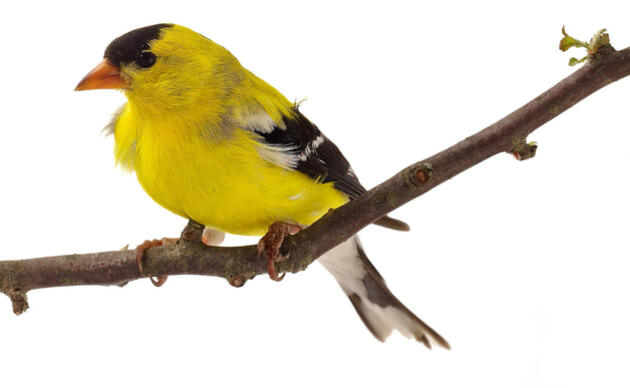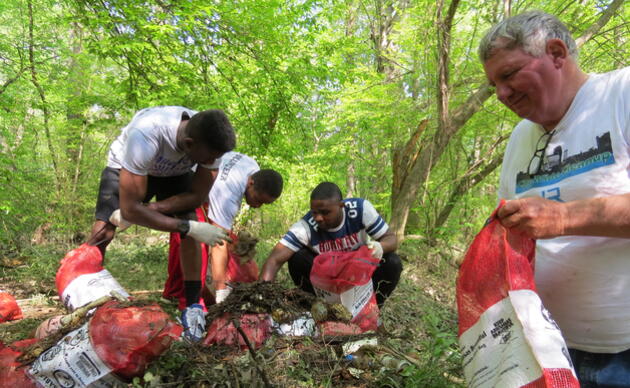By Craig Welch, National Geographic. Original story published by National Geographic.
Every spring, scientists tromp through Louisiana's mud and waist-high grass, hunting for the hidden nests of a palm-size bird called the seaside sparrow. Their goal: to see whether the massive oil spill from a broken Gulf of Mexico rig known as Deepwater Horizon has hurt creatures that don't actually inhabit the water.
Five years after the worst oil spill in U.S. history, early reports from this and other research suggest that the ecological damage lingered in unexpected ways. But scientists say cataloging what that means for the Gulf's future grows more complex with time.
Amid the rushes and cordgrass of the Gulf's fragile salt marshes, for example, scientists say they made a surprising discovery: Two years after the spill, in meadows once tarnished by soupy petroleum, flies, crickets, spiders, and the seaside sparrows that eat them were less abundant than in areas untouched by the oil.
"There's very little question that our oiled plots had greatly reduced sparrow densities," says Stefan Woltmann, an assistant professor of biology with Austin Peay State University in Tennessee. "Nest success was miserable out there."
Many of these marsh creatures never came in contact with spilled crude, so the connections between the oil spill and their fate are poorly understood. Some scientists suspect that insects important to wildlife were snuffed out by oily residue that released toxic fumes.
The effects on seaside sparrows, a ubiquitous symbol of salt marshes from Texas to Florida, appear to have been localized and temporary. But despite the region's apparent resilience, scientists say they don't yet know how much these coastal wetlands—important nurseries for fish and feeding grounds for birds—are still changing in subtle ways.
In addition, some research suggests that the spill may still be harming ocean creatures, such as bottlenose dolphins, killifish, and corals.
"The spill was a terrible experiment over a huge landscape with a sample size of one, and we're basically in the audience, watching," says Linda Hooper-Bùi, an entomologist with Louisiana State University.
BP, which owned and operated the well that suffered the blowout on April 20, 2010, stated in a report last month that there has been no population-scale decline in any Gulf species. The report says data collected by independent scientists in 2011 showed no differences in survival of six bird species, including seaside sparrows, between oiled and unoiled areas.
"The dire predictions made in 2010 have fortunately not come to pass," the report states.
But officials representing the Gulf states and the U.S. government, which are suing BP to recover money for ecological restoration, dismiss the BP report as "inappropriate and premature" and say it "misinterprets and misapplies data."
As with virtually everything connected to the 2010 accident, scientists say it's simply too early to tell about the long-term damage.
Cat Island was once one of the four largest bird-nesting grounds in Louisiana. But the BP oil spill led to its destruction.








